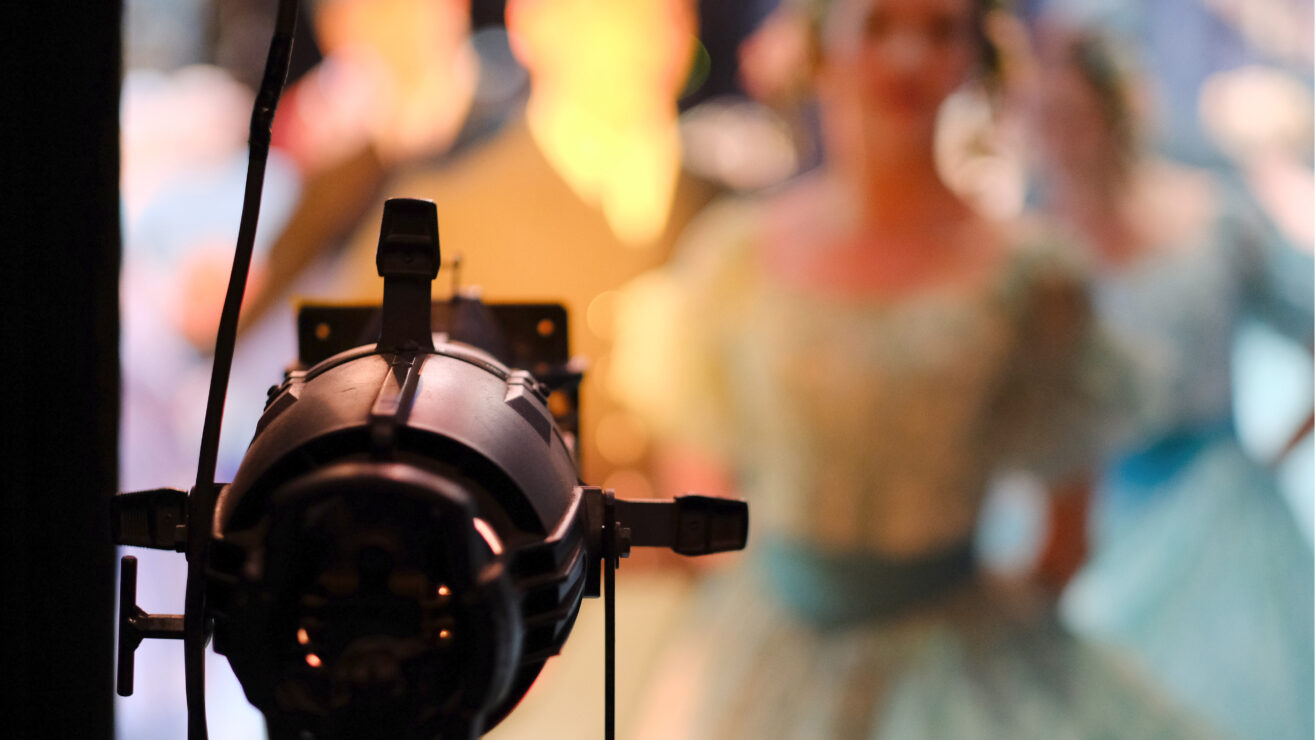The legal nature of the student/university relationship, and how it has changed over my time in practice, has fascinated me ever since I began my career in law nearly 20 years ago.
When I started practicing in the mid 1990s, universities seemed to veer entirely unpredictably between the unnecessarily paternalistic and the indefensibly dismissive. Examples of the former approach were regular requests for advice about the extent of the duty of care owed by universities to their students, often in circumstances where the risk of harm seemed improbably low. One that has been forever etched on my mind was a university that had had to close a teaching building and divert students to another building, which necessitated them crossing the road. I was asked to advise whether the university had a duty of care to put on a minibus so that the students weren’t at risk when crossing that road.
An example of the other extreme involved a university that was planning to expel the entire students’ union officer team because they had organised a social event that had led to drunkenness, debauchery and, regrettably, mooning at pensioners at a service station near Cardiff. Some of the protagonists were wearing branded (and therefore identifiable) university rugby shirts. The university could not understand why the difficulties in categorising this behaviour, distasteful as it was, as disciplinary misconduct should in anyway prevent it from flexing its disciplinary muscle against the students’ union team itself.
On the other hand, in those days, I rarely saw any complaints about the service offered by universities, and even the few that were made were pretty swiftly dismissed. To draw on my own experience, I had been on the first year of the Legal Practice Course when it replaced the Law Society Finals, and as with all new, radically different courses it was, to put it bluntly, a bit of a shambles. Had the Office of the Independent Adjudicator (OIA) had a look at it, it would have had a field day with its recommendations. None of us would have thought of complaining though, and even if we had we’d have been given short shrift.
Because this was the age of the university in loco parentis, not in a legal sense but in the sense of how they saw themselves. And like all parents, they fretted endlessly and often pointlessly about protecting their charges but had no truck at all with complaints about their parenting style. “My house, my rules” was very much the order of the day.
And that was the catch with the in loco parentis model. Some students got a benign and kindly parent university, which had their interests at heart; others got a strict and aloof parent university that regarded them as an impertinent and unwelcome distraction from the real business of research.
By 1996, however, the halcyon world where the university knew what was best for students, and students also knew that the university knew what was best for them, was coming to an end. The concept of the student contract was really taking hold and the Nolan and Dearing reports were just around the corner. The rebalancing of the relationship was underway.
It continued, albeit slowly, over the next few years. The introduction of the Human Rights Act reinforced the fact that even students had human rights, to be interfered with only within clear and narrow parameters. If you wanted the right to discipline your students for mooning pensioners in their private time, you needed to spell it out up front, and you needed to be able to explain why it was behaviour that ought reasonably to concern you.
The 2000s saw the introduction of some real game-changers, although perhaps the significance of them all was not as immediately felt as it should have been: variable deferred tuition fees, the OIA, and a raft of consumer protection legislation. Universities were not necessarily swift to respond to such developments; large distributed organisations rarely are. That all changed with the intervention of the Competition and Markets Authority and its predecessor the Office of Fair Trading. Here is a regulator that hasn’t really cared about university practice or sector norms, and has been all too ready to reject special pleading on behalf of the sector in its zeal to secure compliance, belatedly, with the consumer protection regime.
So, over my years of practice, the relationship with students has evolved beyond all recognition, sometimes in inconsistent and incompatible ways. Where we now are is a confused and confusing place.
Whether or not we agree with it, whether or not we think it’s right, students are legally speaking consumers with rights to information, to quality of service, to value for money. But they are also at risk of drowning under the weight of too much information, they’re not necessarily well placed to judge the quality of what’s on offer to them, and no-one really knows what the “value” they think they’re buying is.
Their satisfaction counts, a lot, perhaps too much, but there’s not necessarily a perfect way to measure it. And it’s a very odd, arguably unique, sort of consumer relationship. It’s a once in a lifetime transaction for many. It lasts for years. It is very far from the passive consumption of a service, but requires investment and effort from both parties to succeed. And for some students it involves their university “supplier” making judgments and decisions that are adverse to their individual interests. The old adage of “the customer is always right” has no place in HE yet.
So what are the adverse judgments we make against these consumers? The most obvious is that we might tell them they have failed. If they are international, we report on them to the Home Office and we occasionally treat them badly because the Home Office tells us to. Think of the thousands expelled or deported without any due process because of the ETS testing scandal. Or those whose applications to study are refused simply because they are nationals of what the Home Office regards as immigration risk countries.
Under the duty to prevent people being drawn into terrorism, we’re expected to monitor what people say, do and think to decide if they need to be referred for sinister sounding “reeducation”. An odd way to treat a customer.
And in the growing concerns about lad culture, excessive drinking, and the identity politics of the “safe space”, we’re being asked to step in and prevent people from doing perfectly legal, but perceived by some to be unpleasant, things in a way that most consumers would no doubt find surprising and onerous. Germaine Greer, International Men’s day events and free Mexican sombreros are all things that are perfectly legal, and yet have reportedly faced recently calls for a ban on campus.
And lastly we have large groups of students who don’t see themselves as customers at all. They want to be part of the creation of the service, through co-production and partnership. Alternatively some are so fundamentally opposed to how marketised and commercialised the product has become that they occupy universities to protest about the policies that have brought us to where we are.
The context of the student-university relationship is a fantastically complex one. That makes reflecting on the vision for HE in 2020 and how the sector needs to develop in response, so important and challenging. The law, sadly, is not going to help us and despite its many unhelpful interventions, we need to make sure that our universities don’t behave like parents, the police or Primark in pandering to students’ basest consumer desires. They should remain places where shared academic endeavour and personal growth sits at their very heart.
This piece is based on speech given at GuildHE’s annual conference in Worcester on 24 November 2015.












